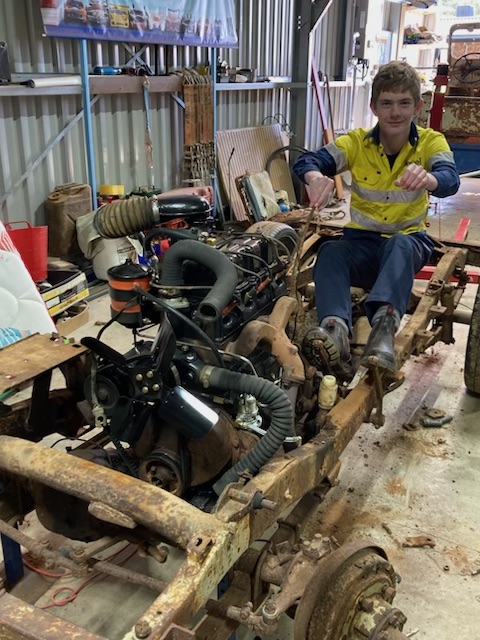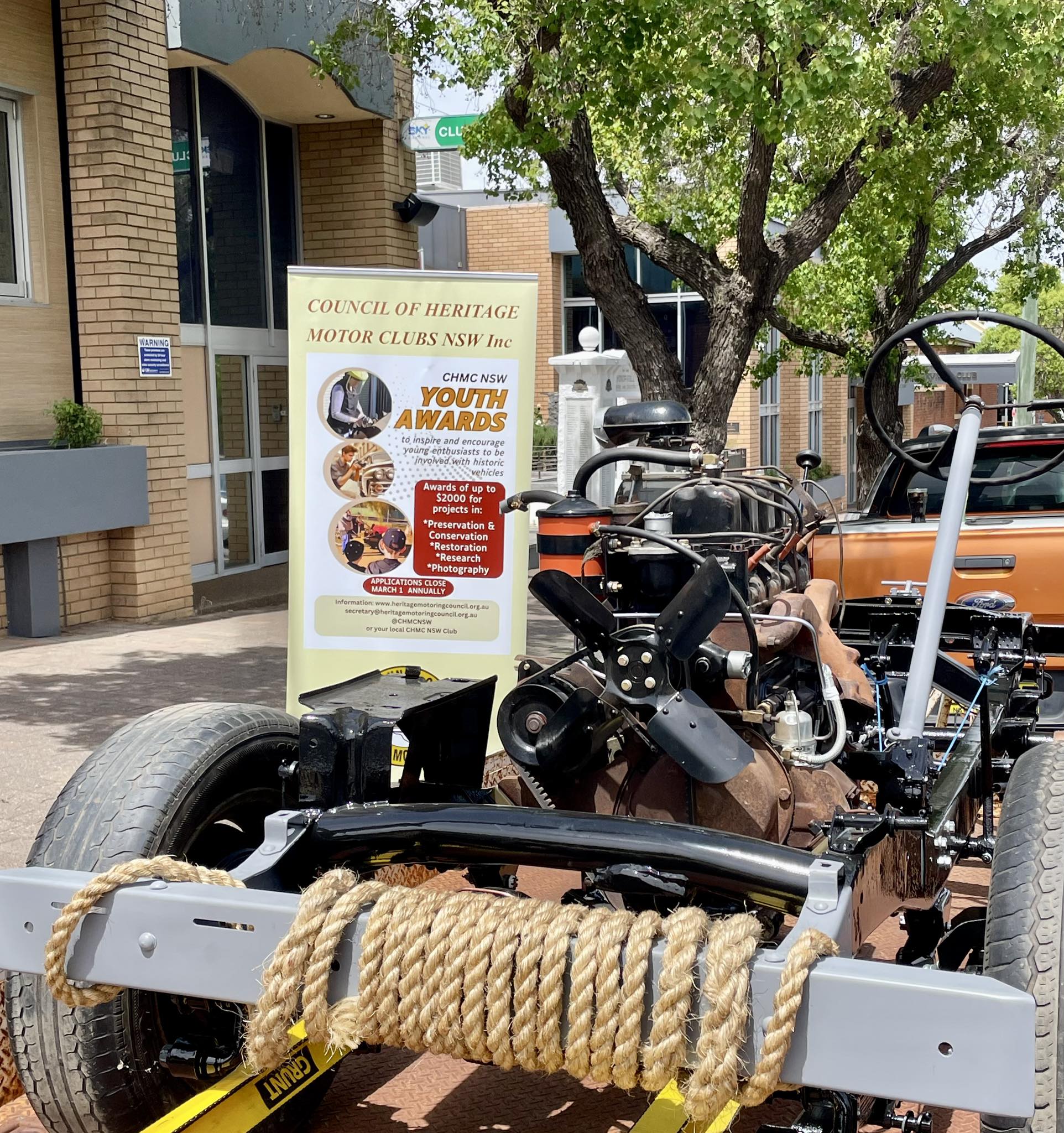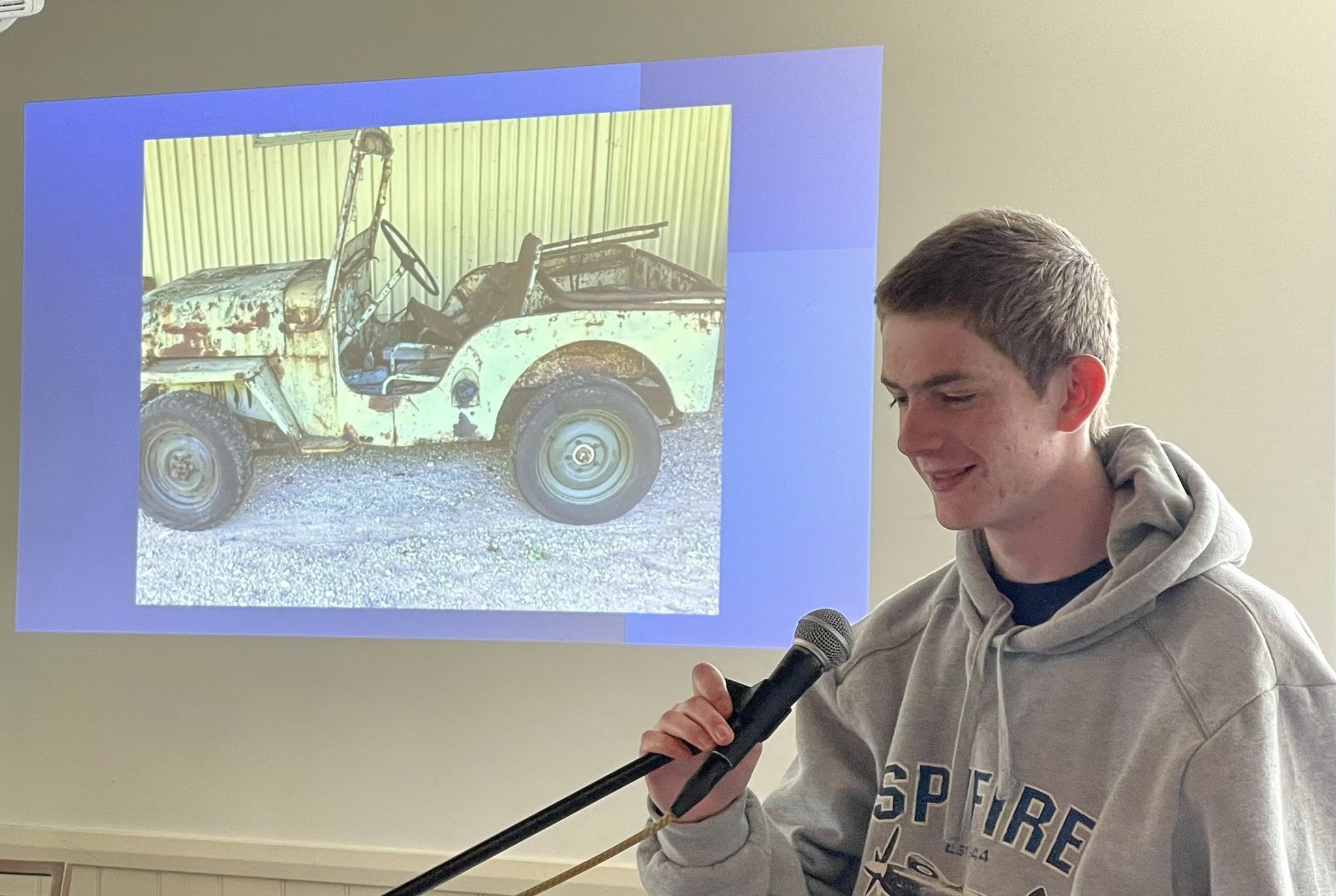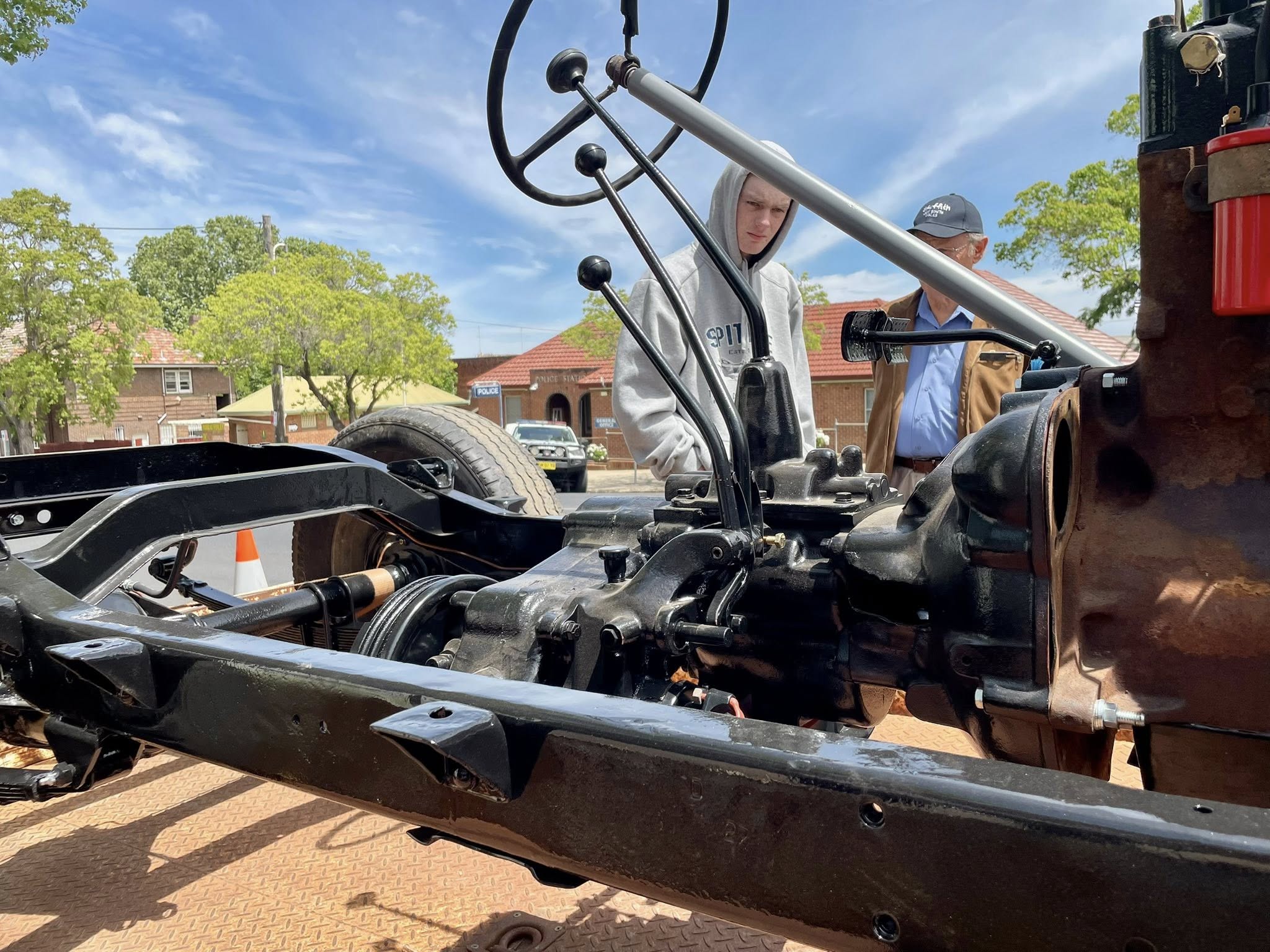

Do you know what your car club needs to do to stay compliant and participate in the Historic and Classic Vehicle Schemes? Check out the December 2025edition of DRIVE Lite from TFNSW
Your club must be either a registered incorporated association in NSW under the Associations Incorporation Act 2009, or hold a current Certificate of Registration issued by the Australian Securities and Investments Commission (ASIC).
Non-compliance with these obligations may result in cancellation of a club’s certificate of incorporation by NSW Fair Trading or a lapse in ASIC registration, making the club ineligible for the HVS or CVS. In addition, Transport may revoke a club’s approval to participate in the schemes where ongoing compliance is not met.


The CHMC’s Youth Awards assist young enthusiasts with financial grants for projects involving either restoration, preservation, research or photography of historic vehicles
INSPIRING YOUNG RESTORER RECOGNISED WITH 2025 CHMC YOUTH AWARD In May the Council of Heritage Motor Clubs NSW was pleased to announce Lachlan Holgate, a student from Wagga Wagga, as the recipient of the 2025 CHMC Youth Award Grant for his restoration project, a 1953 Willys Jeep CJ3B. Lachlan was nominated by the Wagga Wagga Veteran & Vintage Motor Club. "We are thrilled to support Lachlan.” said Jim Hatton, President of the CHMC. "His dedication to historic vehicles exemplifies the kind of future for the movement that we aim to foster through this program". Lachlan used his Award Grant to purchase parts needed in the restoration of his Willys jeep. At the CHMC Delegate's meeting at Cowra in October he displayed the jeep under restoration, and gave a talk on the work so far. Lachlan was alsoformally awarded his 2026 Youth Award Certificate.




CHMC monitors issues, trends and developments that affect the future of historic vehicles and their operation. Our contacts, in Australia and internationally, include peak bodies in historic motoring, and operating heritage groupsand government agencies, through them we obtain factual and reliable information and have opportunities to advocate to them on the future of historic vehicles. For more informtion and news on fossil fuels for heritage vehicles; calculating CO2 emission for historic vehicles; historic vehicles and the environment; and EV conversions of historic vehicles